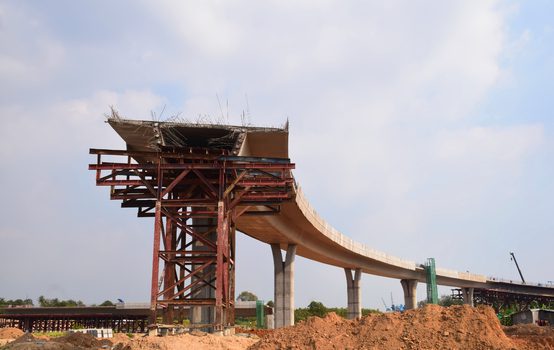Why Cities Are Demolishing Freeways

Once the urban freeway was unmistakably part of a vision of the future, one in which personal automobiles zipped through neighborhoods without having to stop or interact with the streets above or below. But over the past two decades, many cities have found that running highways through dense areas has done more harm than good—and they’re increasingly opting to tear them down.
Late last month, the Congress for the New Urbanism (CNU) released its latest edition of “Freeways Without Futures,” a report on efforts to remove parts of underused highways in ten American cities. The study underscores the role locals are playing in the replacement movement and also outlines the many benefits of having fewer highways running through dense urban areas.
The report contends that the cores of American cities have seen a massive hollowing out since the passing of the Federal-Aid Highway Act in 1956. “As highways were built through existing communities,” the report begins, “residents were cut off from social and economic centers, key resources and services, and the nearby destinations of their daily lives.”
Today, many of those highways are reaching the end of their design life and cities are facing what CNU calls a “watershed moment.” Instead of rebuilding and repairing old highways, the report suggests cities should replace them with infrastructure that is pedestrian friendly, density prone, and extremely profitable. “Cities are waking up to a simple solution: remove instead of replace.”
CNU highlights the replace movements in ten cities across the country, many of them driven by everyday citizens who don’t want to see certain highways expanded or repaired. Suggesting alternatives to expansion isn’t easy. In many cases, activists must conduct their own research, design a replacement plan, and recruit local officials. Then begins the lengthy process of securing funding and ironing out implementation logistics.
Each city included in the report is at a different stage of removal. While activists in Oakland and Dallas are pushing steadily through the research phase, efforts in Detroit are stuck for a lack of funding. Meanwhile, fill-in construction on the Inner Loop in Rochester started last 2014 and should be completed by the end of this year.
Each city included also faces a unique set of challenges. In Denver, citizens are battling their state Department of Transportation to prevent an expansion of I-70. They’ve proposed an alternative that—unlike the city’s plan—would not involve expanding the derelict highway (at a cost of $1.8 billion) or destroying dozens of houses and businesses in one of the city’s poorest neighborhoods. But the city is fighting back, arguing that the highway is essential for commuters. In Buffalo, efforts have been more successful. The citizen-led initiative to redesign parts of the Scajaquada Expressway earned the attention and financial support of Governor Andrew Cuomo, who directed $30 million towards the effort last March, telling local press it was time to “undo a mistake.”
Tearing out a highway is costly on many levels. Coordinating various agencies requires political flexibility. Fiscally, replacement proposals cost millions of dollars and require an ability to focus on long-term over short-term gains. Culturally, they require a shift in design priorities: fewer cars on the street, more people. The report explores these struggles, yet also emphasizes the many benefits of replacement.
First, there’s the potential of significant economic gain. In Dallas, researchers found that replacing parts of I-345 would generate $4 billion for the city over fifteen years and bring 22,550 jobs to the area. In Trenton, if efforts to replace Route 29 with a riverwalk are successful, the city’s downtown could attract up to $2.25 billion of investment. Replacing highways could also make possible more mixed-use development and affordable housing, desperately needed in places like San Francisco. It could also improve neighborhood safety and decrease pollution.
CNU also suggests that replacing underused highways could be a chance to undo the damage they have wrought upon “the physical and economic health of low-income and minority residents.” But while reconciliation is indeed a possibility, so also is displacement. Sam Warlick, the communications director at CNU, acknowledged this possibility. “Any kind of positive change in a neighborhood (also) runs the risk of cultural and economic displacement,” he said. Communities that embrace replacement, he explained, could prevent drastic displacement by pairing their infrastructure investment with community investment. “We would hope that anti-displacement efforts and initiatives to share the prosperity would be baked into the process from the beginning.”
Tiffany Owens, a journalist currently based in Providence, R.I, is a New Yorker at heart.
Comments